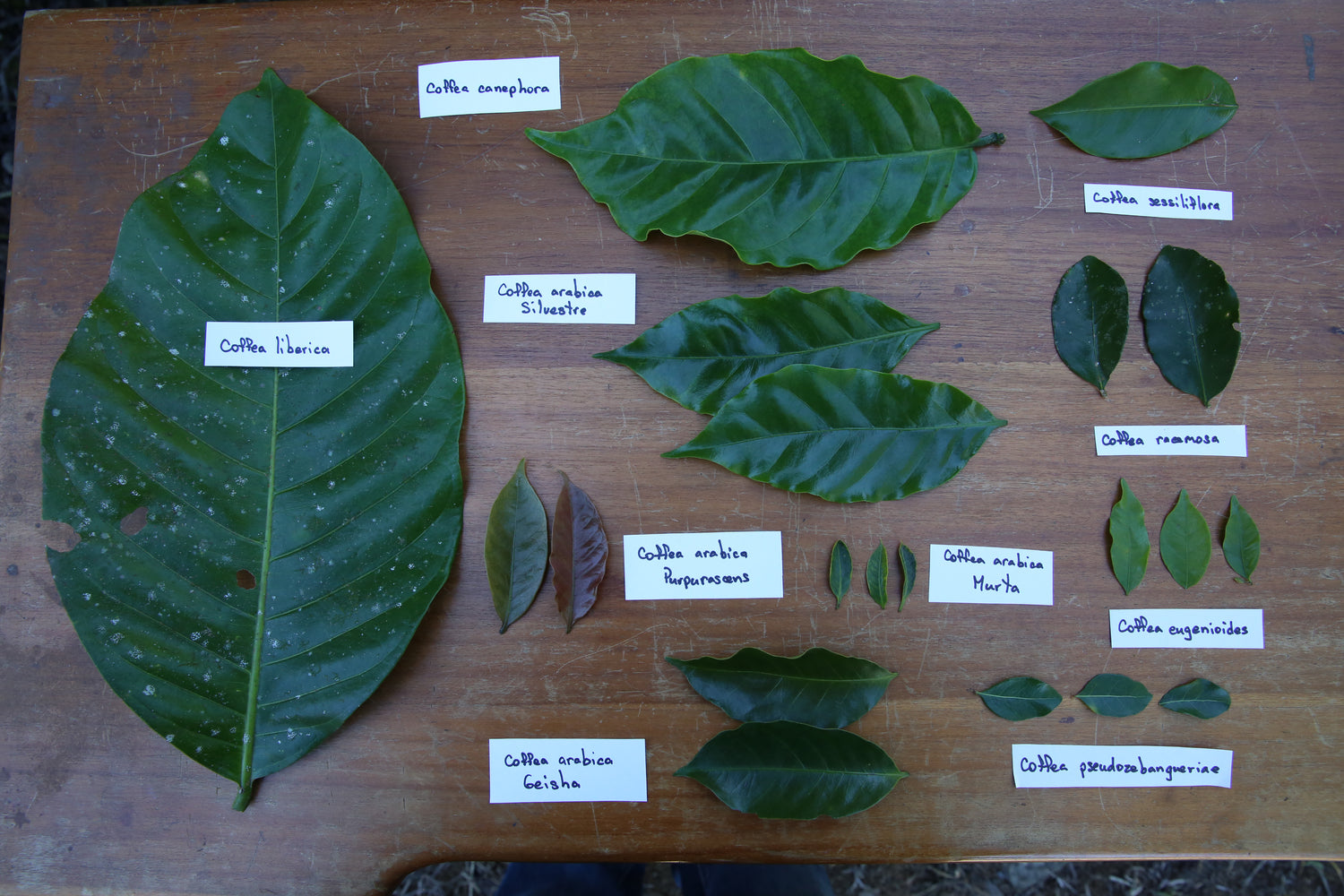Flavour
What is Coffee Flavour?
How do you define the flavour of coffee? We all might have a preconceived notion of what that answer is. You might think of your favourite FiXX, prepared just how you like it. You might think of "coffee flavouring" in cake terms or even ice cream. Or you might answer that question with another question like, what type of coffee?
Coffee flavour is not just about taste; it involves a lot of sensory experiences. The aroma, acidity, body, sweetness, and aftertaste are some of the attributes that make up the complex and nuanced profile of coffee flavour. The significance of coffee flavour in the coffee industry cannot be overstated, as it is a defining characteristic that sets one coffee variety apart from another. The unique flavour notes conveyed from different coffee beans' origins, roast levels, and processing methods are what make them unique.
What Are the Three Main Components of Coffee Flavour?
First things first, taste and flavour are two different things. Let's get that out of the way now. Taste is one of the five senses and is what your tongue experiences and transmits to the brain. Flavour is our understanding of more than one of these senses working together. Here's a breakdown of some of the main components of coffee flavour:
1. Aroma
Aroma is the first encounter we have with a cup of coffee. As we lift the cup to our nose, the complex and enticing aromas can trigger a sense of anticipation, setting the stage for what's to come. It piques our interest and primes our taste buds for the flavours we are about to experience. These aromatic cues provide a preview of the coffee's flavour profile. As you inhale the aroma, your brain starts to process and connect with past sensory experiences, creating expectations about the taste.
2. Taste
When you take a sip of coffee, the volatile compounds responsible for its aroma are re-released in your mouth and nasal passages, reinforcing and complementing the taste experience. Our tongue experiences taste in five forms: sweetness, sourness, bitterness, salty, and umami (savouriness). All these tastes are present in coffee, although salty and umami are less pronounced. Here's a breakdown of the most obvious:
- Sweetness: Sweetness in coffee typically comes from the natural sugars found in the coffee cherries. Different processing methods produce different sweetness levels, with Honey processed coffees being prized for their sweetness. Sweetness provides balance to the other tastes of bitterness or sourness, enhancing the overall flavour experience.
- Sourness (Acidity): Coffee's acidity is often misunderstood; it's not the same as the sourness of spoiled food. In coffee, acidity refers to a bright, lively, and sometimes tangy quality. This taste contributes to the fruity and floral notes in speciality coffees. Acidity adds complexity and a refreshing quality to the coffee.
- Bitterness: Bitterness is a natural component of coffee, resulting from compounds like caffeine and chlorogenic acids. While excessive bitterness can be unpleasant, a controlled amount of bitterness can contribute to coffee's depth and complexity. It often pairs well with sweetness to create a balanced and robust flavour. Bitterness tends to increase the darker a coffee is roasted.
3. Mouthfeel (Body)
The mouthfeel or body of a coffee has a significant impact on your experience of flavour. Both words describe the texture, smoothness, and overall physical experience of the liquid coffee in your mouth; in fact, it is commonly referred to as texture as well as mouthfeel or body. You could think of it like full-fat milk beside skimmed milk. They'll taste like milk, but the full-fat milk will coat your tongue and linger longer in your mouth, impacting your opinion of the overall flavour.
How you brew coffee can have a significant effect on mouthfeel. Consider how thick and viscous an espresso feels compared to a pour-over filter coffee. But different origins, how a coffee is processed, and roast levels can impact the mouthfeel of a coffee, no matter how it is brewed.
How Does Coffee Processing Impact Flavor?
The coffee processing method, whether Natural (dry process), Washed (wet process), or Honey (semi-washed/pulped-natural), significantly impacts the coffee's flavour. Here's a brief explanation of how each method influences coffee flavour:
Natural (Dry Process)
In the natural process, coffee cherries are dried with the fruit pulp intact. They are spread out in the sun, either on raised beds or the ground, and left to dry for an extended period. During drying, the fruit pulp imparts its sugars and fruity flavours to the coffee beans. This method often produces coffees with a prominent fruity and sometimes wine-like flavour profile and mouthfeel.
Washed (Wet Process)
In the washed process, the coffee cherries pass through a water channel where the defective cherries are easily removed. The cherries are then pulped to remove the fruit, leaving only the coffee beans. After pulping, the beans are fermented to remove any remaining mucilage and then washed and dried. This method tends to produce coffees with more defined acidity and a wide range of flavour profiles. They often have a crisp, bright acidity and a lighter, cleaner body.
Honey (Semi-Washed/Pulped-Natural)
This process is like a hybrid between natural and washed. After passing through a water channel and being pulped, they are sent to dry with the remaining sticky mucilage intact. It is this sticky mucilage that gives rise to the term "honey". The amount of mucilage left can vary, with names like white honey, yellow honey, and red honey indicating the degree of mucilage retention. Honey-processed coffees often balance the fruity sweetness of natural process coffees and the cleanliness of washed coffees. They tend to have a medium body with a syrupy mouthfeel and a complex flavour profile.
In summary, the processing method significantly shapes the flavour of coffee by influencing the interaction between the coffee bean and the fruit during the drying and fermentation stages. Natural process coffees are known for their fruity sweetness, washed coffees for their clarity and acidity, and honey-processed coffees for their balance between the two.
What Is the Impact of Roasting on Coffee Flavour?
Different roast levels have a profound impact on the flavour of coffee. Here's a brief explanation of how various roast levels influence the taste of coffee:
Light Roast (FiXX Single Origin)
The lighter the roast, the less time it has spent heating and as a result, the coffee retains more flavours that highlight its origin, varietal, and processing method. Light roast coffee tends to have a brighter acidity and a delicate body.
Medium Roast (FiXX Lisbon)
Medium roast coffee strikes a balance between preserving the coffee's origin characteristics and developing roast-induced flavours. Medium roast coffee is known for its well-rounded body; you can expect nutty, chocolatey, or caramel-like flavours.
Dark Roast (FiXX Cubano)
With dark roast coffees, roast flavours largely overshadow origin characteristics, resulting in a less complex taste profile. However, they offer bold, rich flavours, heavy body, and low acidity. They also tend to pair well with milk, hence their enduring popularity.
The choice of roast level should align with your personal taste preferences. Light roasts are favoured for their brightness and complexity, while dark roasts are preferred for their boldness and smoky, roasted notes. Medium roasts offer a balanced compromise between these extremes.





